Guiding the Industry: Aurora's Expertise Raises the Bar for Safe AV Commercial Operations
New AVSC best practice strengthens how self-driving developers substantiate safety cases
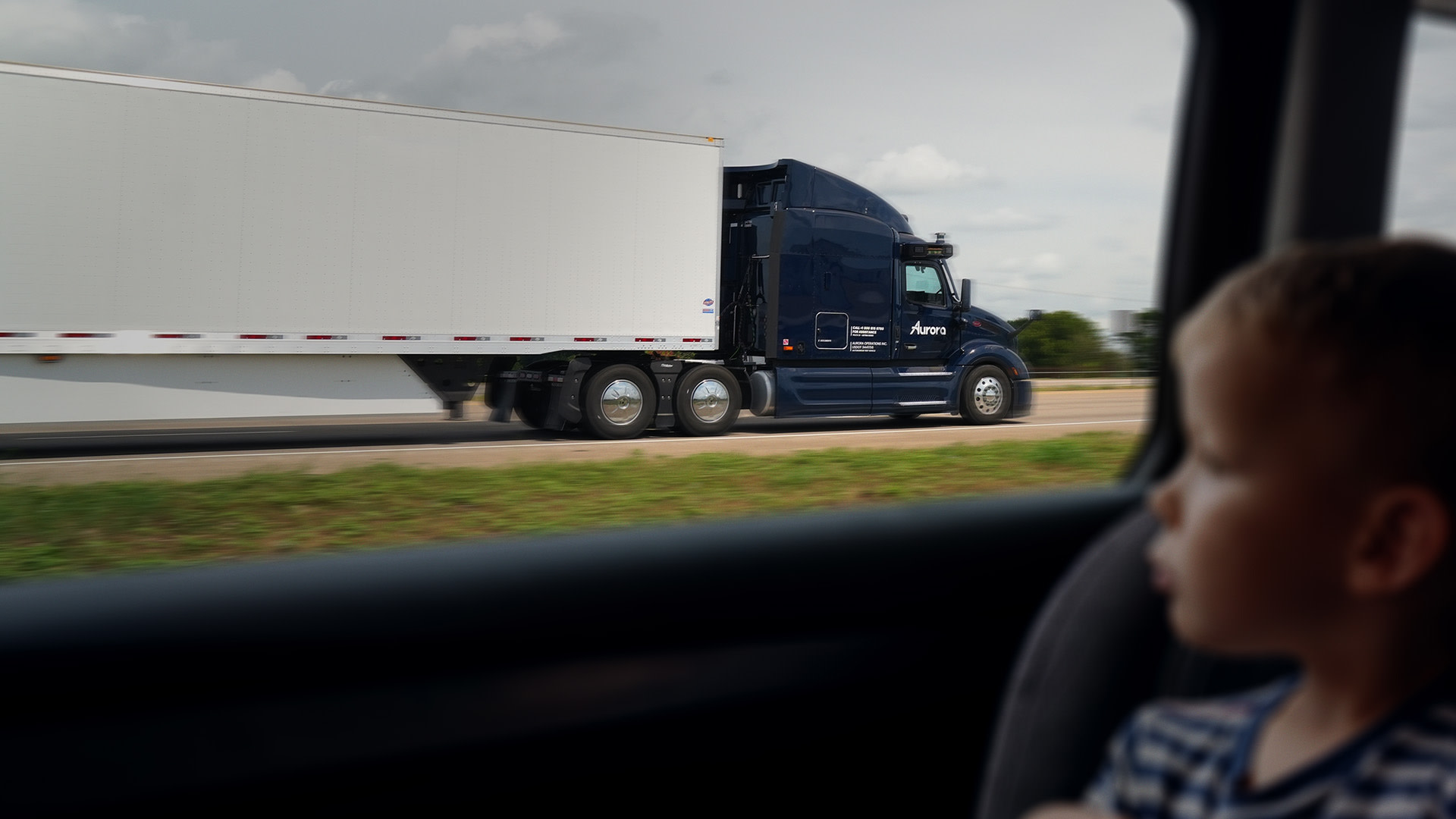
At Aurora, safety isn’t just a box to check — it’s our first company value and the foundation of the product we are commercially operating on public roads. When we launched our autonomous trucking service in April, that milestone wasn’t just about moving freight or another demo. It was about proving that self-driving technology can be deployed on a class 8 tractor as a commercial product responsibly and safely on public roads.
We validated our safety “Go” decision through Aurora’s Safety Case Framework — the structured set of claims and evidence that demonstrate that our trucks are acceptably safe to operate without a human behind the wheel. Without this rigorous process and safety diligence, our initial commercial product launch and subsequent product releases would have been much more challenging and inefficient.
Aurora has long believed that safety improves when knowledge is shared. For years, we’ve been the only company who has published our own Safety Case Framework and collaborated with peers through forums like the Automated Vehicle Safety Consortium (AVSC). As we continue to scale our commercial operations, that same spirit of transparency has guided our contributions to the AVSC’s new best practice on how self-driving developers use, develop, and substantiate safety cases.
Contributing to AVSC new best practices
Deploying driverless vehicles is incredibly complex. It demands deep expertise across hardware, software, systems engineering, operations and many other parts of the company. Through years of disciplined development, Aurora has learned firsthand what it takes to get this right — and we believe sharing these lessons strengthens the industry as a whole.
Aurora is proud to work with the AVSC and other member companies to publish this first-of-its-kind guidance that helps AV companies build stronger, more transparent safety cases by focusing on the “lowest-level claims”— the detailed, testable statements that must be backed by hard evidence. At Aurora, this approach has been central to our success in closing our own Safety Case. This approach ensures every safety claim — from routine operations to rarely encountered scenarios — is supported by robust data and validation evidence.
Importantly, this best practice was designed to apply across any safety case methodology — whether a company uses a Claim-Argument-Evidence structure or Goal Structured Notation. This deliberate design allows AV developers to internalize the approach while still proving safety through evidence.
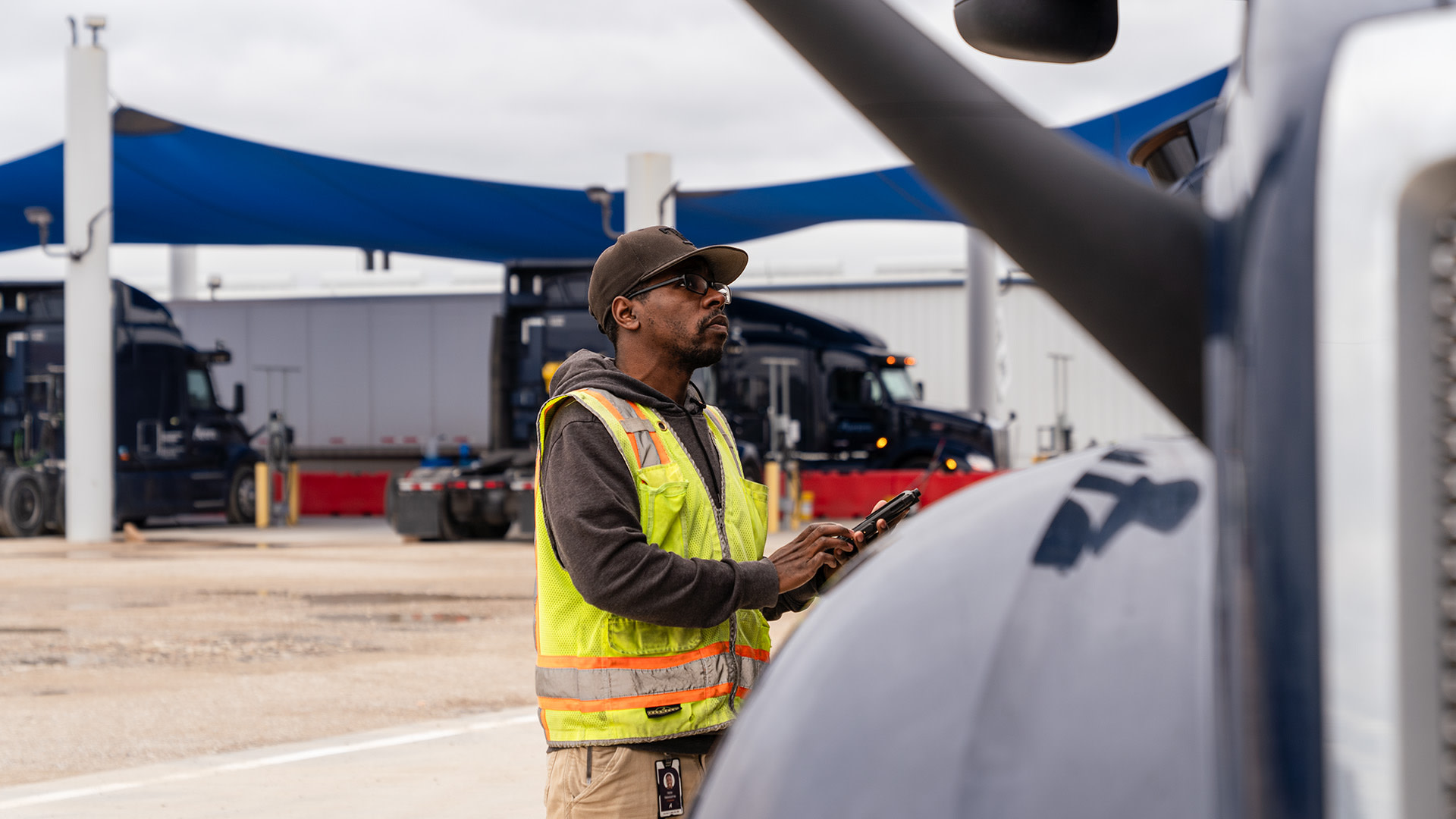
Why this matters for the self-driving industry
Building public trust in self-driving technology requires more than innovation — it requires openness, collaboration, and proof. Aurora’s contribution to this AVSC best practice underscores three critical truths:
Safety is measurable: By grounding safety cases in evidence, companies can have real processes and evidence that supports the claims they are making.
Safety is shared: Industry-wide adoption of best practices helps ensure a consistent, rigorous approach to deploying autonomous trucks.
Safety is continuously improving: Just as technology evolves, safety cases must evolve with new data and insights.
What’s next
Aurora’s safety case work isn’t theoretical — it’s proven. We’ve closed safety cases for multiple product releases, each time demonstrating that our trucks are acceptably safe to operate without a human behind the wheel. That discipline is what allows us to deploy and scale our autonomous trucking product with confidence on public roads today.
For many AV companies, the new AVSC best practice will serve as an important guide as they define and mature their own safety cases. For Aurora, it reflects a standard we meet and exceed — one that’s visible every time an Aurora Driver-powered truck operates safely and responsibly in the real world.
As Aurora continues to mature and scale, we’ll keep applying and evolving our Safety Case Framework to support operating domains and product capabilities. And we’ll keep sharing what we learn along the way — because when safety advances, the entire industry moves forward.
Related (06)
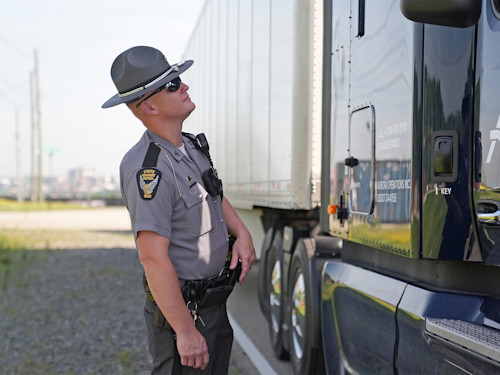
October 27, 2025
Honoring First Responders: Working Together to Keep Our Roads Safe
October 9, 2025
An Update on Warning Beacons
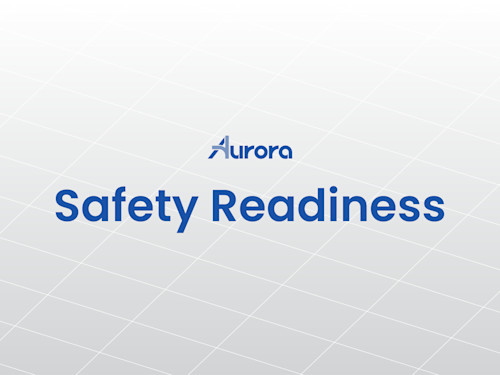
April 10, 2023
Stories from the road: Safety readiness case studies
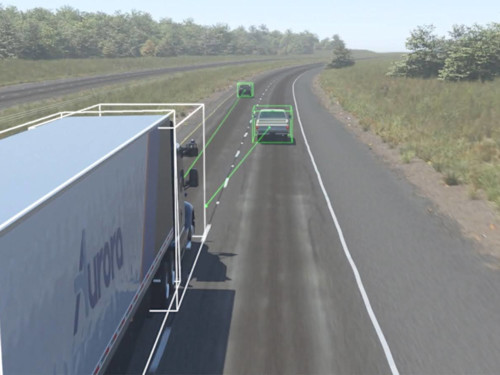
December 18, 2023
Preventing Fatal Collisions: How the Aurora Driver Expects the Unexpected

April 6, 2021
A Letter to Regulators: Prioritizing Safety and a Technology-Neutral Approach
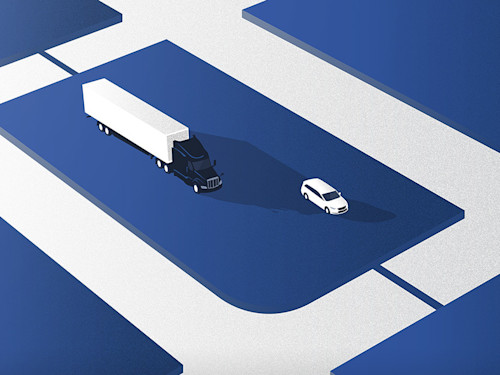
August 17, 2021